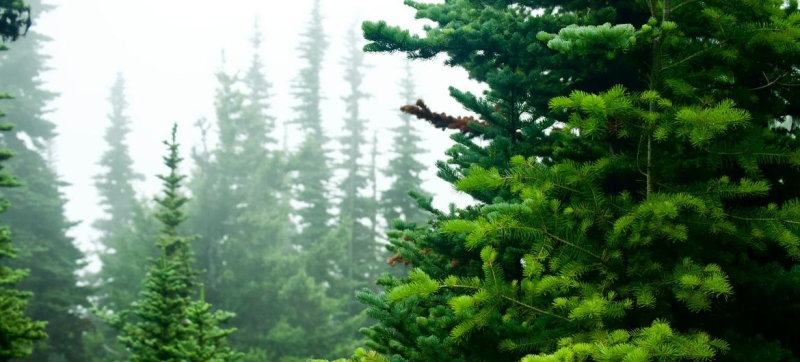
More than half of the world’s forests are concentrated in five countries – Russia, Brazil, Canada, the USA and China. Russia maintains the world’s largest forest reserve: new FAO data on global forest resources Climate and Environment
Globally, deforestation rates are decreasing, but forest ecosystems continue to come under severe pressure. This is stated in the new Global Forest Resources Assessment report from the Food and Agriculture Organization (FAO). Forests cover 4.14 billion hectares, or about a third of the planet’s land area, according to the report. Moreover, more than half of all the world’s forests are concentrated in five countries – Russia, Brazil, Canada, the USA and China.
FAO notes that despite positive trends, ecosystems remain under threat from fires, diseases and extreme weather conditions. In 2020, according to the report, about 41 million hectares of forests were damaged by insects, diseases and strong winds – mostly in temperate and boreal latitudes.
Read also:
INTERVIEW | Expert on the conservation of forest ecosystems: “The forest is like air, while it is there, you don’t notice it”
Every year, humanity still loses about 10.9 million hectares of forests, although this figure has decreased significantly compared to the 1990s. The rate of net loss of forest area in the world has been declining mainly due to the significant expansion of forest cover in Canada, China, Russia and the United States.
Russia: the largest forest area on the planet
The Russian Federation accounts for the largest share – 20 percent – of the planet’s forests. At the same time, forest occupies more than half of the country’s territory. In 2025, forest area in Russia was estimated at more than 832 million hectares, up from 811 million in 1990. Almost 98 percent of Russian forests are of natural origin.
According to the report, the forests of the Russian Federation are located mainly in the boreal zone and have a natural level of biodiversity – they represent standards of population, species and ecosystem diversity. They can be considered as a resource for restoring damaged biodiversity, the authors note. Russian forests provide a variety of services: from providing the forest complex with timber to non-timber forest resources and various types of ecosystem services.
Central Asia: stable indicators
In Uzbekistan, area forests increased from 2.55 to 3.89 million hectares over the period 1990–2023 and accounts for about 9 percent of the country’s territory. In Kazakhstan, forest occupies about 1 percent of the territory, its area remains stable, with a slight increase from 3.16 in 1990 to 3.52 million hectares in 2025.
In Turkmenistan, the forest area is estimated at 2.33 million hectares – or 5 percent of the territory. In Kyrgyzstan, forests cover 1.26 million hectares, which is about 7 percent of the country’s territory. In Tajikistan, forest cover covers 425 thousand hectares (about 3 percent of the territory). In these countries, forest area has remained almost unchanged since the 1990s.
